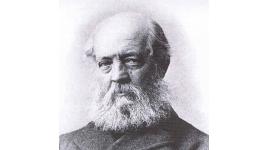Landscape Information
Part of the city of Portland, the island is located less than a mile offshore and is accessible only by boat. In 1882-83 owner Francis Cushing hired Frederick Law Olmsted, Sr. to design the 266-acre island as a summer colony. The Cushing Island plan integrated common aspects of Olmsted’s park and subdivision design techniques. Olmsted’s concept included enlarging the existing Ottawa House hotel, reserving adjacent land for hotel cottages, and laying out about 50 house lots between one and 11 acres. He also suggested creating tennis, archery, and croquet grounds, developing a network of walks and curvilinear carriage drives with the main drive along the highest ridge for the best ocean views, and reserving scenic vantage points, the entire shoreline, and about 100 acres for common use. Although much of the plan was not realized, Frances Cushing loosely followed Olmsted’s road layout, set aside large open spaces, and maintained unobstructed ocean views. In addition, John Calvin Stevens adopted many of Olmsted’s architectural guidelines when designing many of the summer cottages which remain today, along with a stone shelter which has been reconstructed.
In 1898 the United States Army built Fort Levett on 140 acres of the island. After it was decommissioned following World War II, island residents bought the fort and converted several brick military buildings to residences. The island remains privately owned, accessible only to members and guests. Reflecting Olmsted’s recommendation, the Cushings Island Conservation Corporation holds 142 acres as a reserve to remain as undeveloped scenic land.













